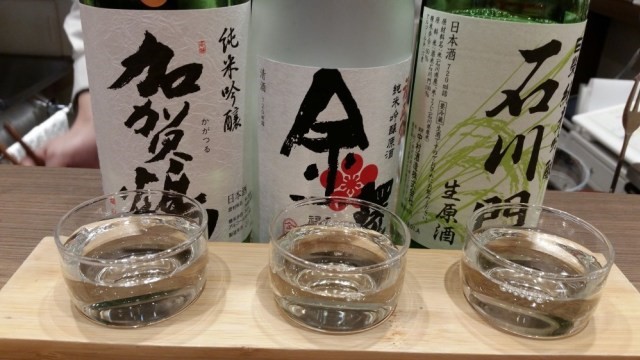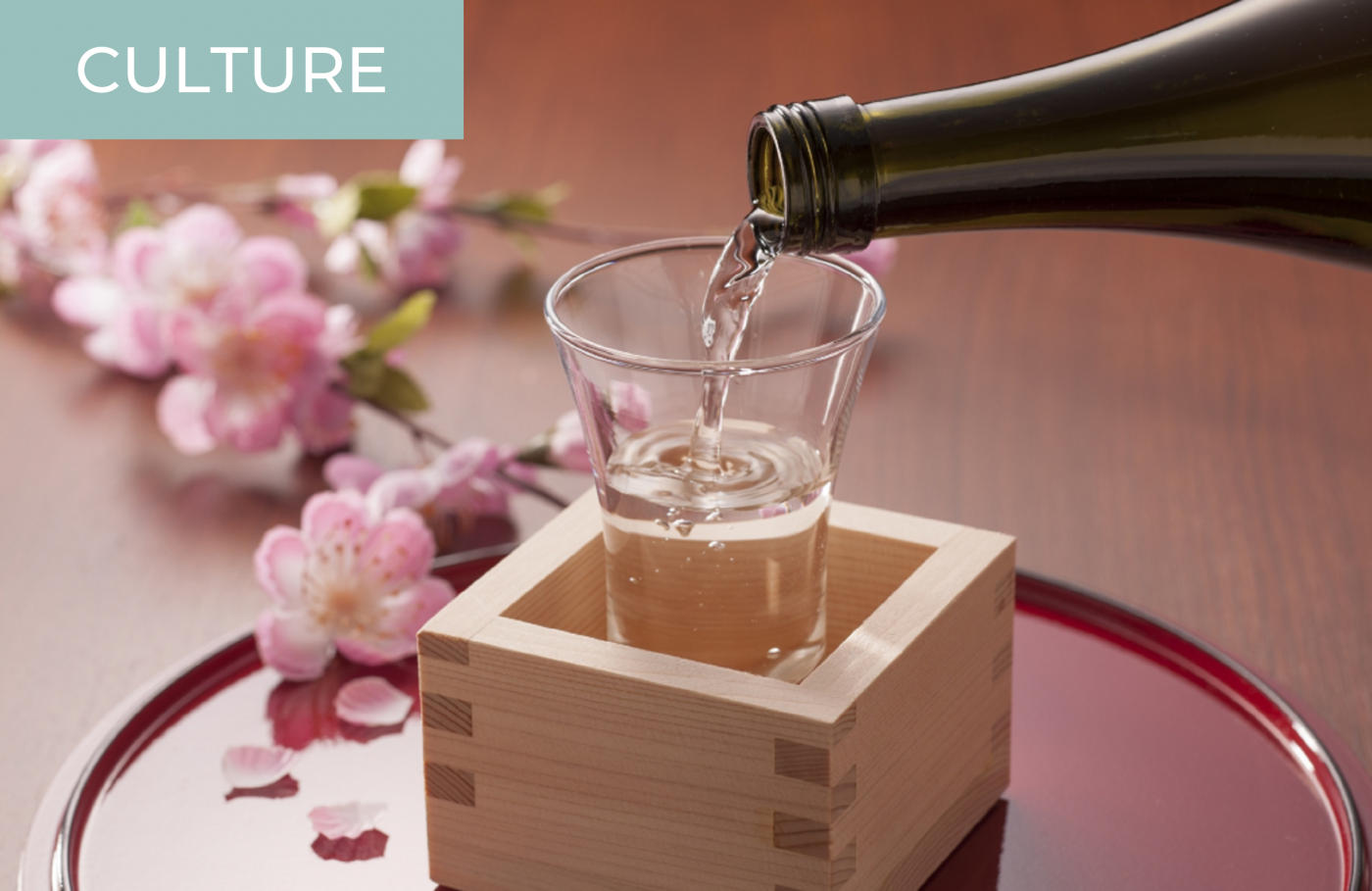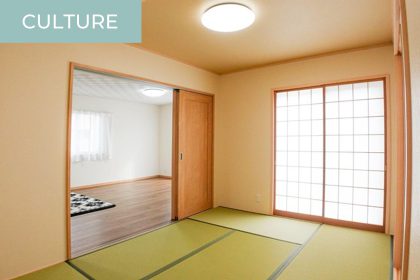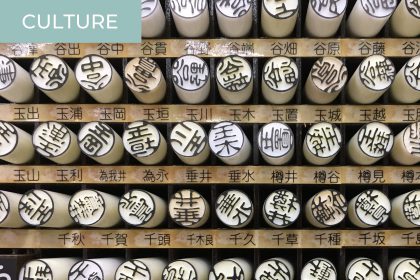When one thinks of Japan, one thinks of Japanese sake. If you are visiting Japan, you’ll certainly want to try some and maybe even bring back a bottle as a souvenir. However there are many different kinds of sake, with different tastes and drinking-styles. How can you choose one to try or buy among the huge selection available in most restaurants and stores, especially when all the information is written in the indecipherable kanji? Do not despair! The bottle label contains a wealth of clues on what the inside tastes like.
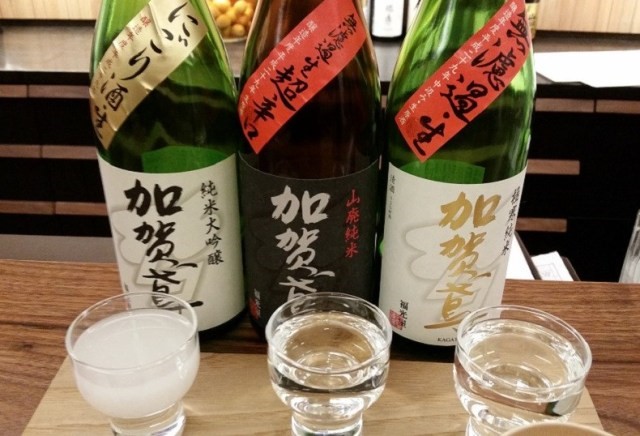
Go for the Bottles with Japanese Calligraphy
First, in order to avoid any confusion, it’s important to realise that the proper name for Japanese sake is nihonshu 日本酒. nihon 日本 means Japan and shu 酒 means alcohol. The last character, when used by itself, is pronounced sake. Thus the English name of Japanese sake or sake for short. However, the latter can mean any kind of alcohol in Japanese. So when you are in a restaurant or in a liquor store make sure to ask for nihonshu. However, in this article, I will use the terms of Japanese sake or just sake.
When you are faced with a row of bottles, it can be pretty time-consuming to look at every single one. I recommend to start with the ones that have Japanese calligraphy drawn on the label and a solid colour background. There is no hard and fast rule but to me this indicates a traditional sake from a brewery with a long history and, although that doesn’t generally guarantee quality, the two often often go hand-in-hand. In a way, it’s similar to a drawing of a castle on a bottle of French wine. Bottles with a more modern design can be equally good but are usually more recent introductions, that have yet to face the test of time.
If you are in a restaurant with a good selection of Japanese sake, the bottles are usually kept in a fridge or a cooler with a transparent glass door, somewhere within the dining area or behind the counter. In order to understand what the sake might taste like, it’s important to have a closer look at the label, so if you are feeling adventurous, why not ask to see a bottle by making the appropriate hand gestures and say “mite mo ii desuka”, meaning “May I see it”?
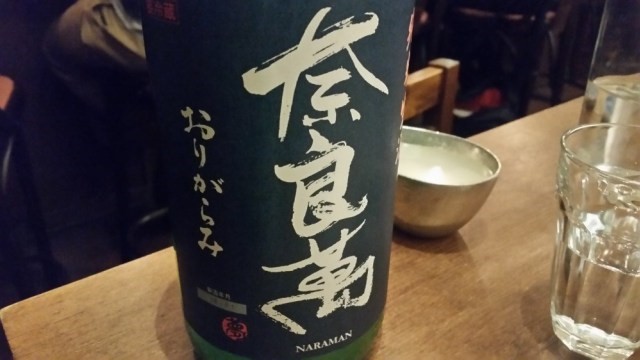
Check Polishing Rates and Shipping Dates
Once you are holding the bottle in your hands, try to find the rice-polishing rate, a percentage usually between 40% and 70%. This represents the amount of polished rice that remains after the husk was removed through milling. So for example, a ratio of 50% means that for a hundred kilos of rice, half of it was discarded (or reused in some other manner). This number affects the taste and price. The lower the number, the lighter and more refined the sake will taste. Not surprisingly, the price increases as well. Reversely, the higher the number the thicker and heavier the sake will be, and the price will become more affordable. The upper limit is usually 70%. Some sake will go under 40%. However, I find that the taste becomes quite different and is not truly representative. A bit like how champagne is different from wine.
Next is the date the sake was shipped from the brewery. This will usually be a two-digit year followed by a month. The tricky bit here is, that the years often follow the Japanese calendar. In short, 30 equals 2018, 29 equals 2017, etc…. So for example “30.02” means that it was shipped sometime in February 2018. As a general rule, sake doesn’t age well and should be consumed within a few months after purchase. So the more recent the date the better the sake should taste. Having said that, a sake that is a year or two old can still taste perfectly fine. Since autumn and winter are the main brewing seasons, most dates will be between September and March.
One more number sometimes printed on the label is the sake meter value. It is usually a whole number between -12 and +12 and is an indicator of the sweetness / dryness of the sake. However, not all sake breweries release this information. Anything in the positives is generally dry, with +12 being very dry and anything in the negatives is generally sweet with -12 being very sweet. It is important to note however that other factors can affect the dryness / sweetness of the sake, for example its acidity, so this figure is just a general guideline. Karakuchi 辛口 means a dry sake and amakuchi 甘口 means a sweet sake.
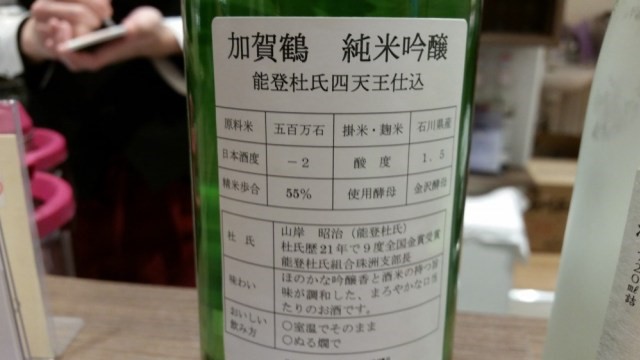
Decide Between a Sake to Drink with Food or Without
Perhaps the trickiest part about choosing a sake when one can’t read the local language, is finding out whether it’s a junmaishu 純米酒 or a honjozoshu 本醸造酒, since this information is nearly always printed in Japanese only. The latter has alcohol that has been artificially added to it, and because of that, the taste is more diluted and thus lighter. Many sake purists look down on it but in my opinion, it can be very enjoyable, especially when drunk by itself. Sake without added alcohol has a fuller and richer taste that is better enjoyed with something to eat. At a restaurant, it is more likely that you’ll find this type of sake on the menu.
After all this, if you are still at a total loss, you will still have one more trick up your sleeve. Most places have lots of sake on their menu and will offer a tasting set, or a kikizake 利き酒. Sometimes the sake within the set is predetermined, sometimes you can choose from a menu. In any case, this will allow your palate to decide what taste is best for you.
If you are shopping for a souvenir, I’d suggest going to a department store on a weekend. They nearly always have sake tasting stands where you can taste various offerings from the same brewery, so you will surely find something that suits your taste and your budget. The staff will pour tiny amounts of each bottle for you to taste, If you are really serious about buying a bottle, you could ask to have a little more from any bottle you are hesitating about. In my experience, this really helps making up one’s mind!
